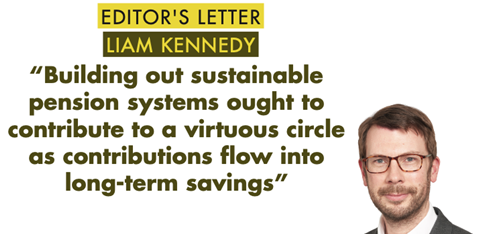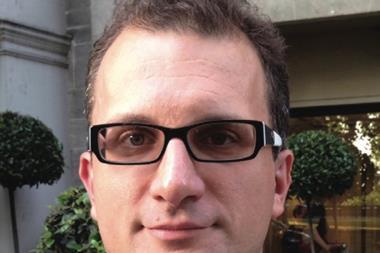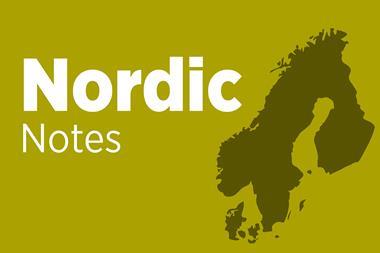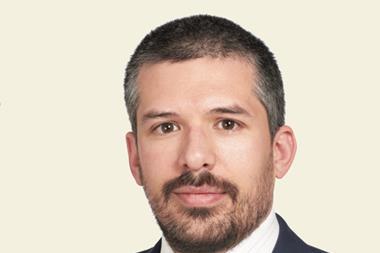Capital funded pension systems across the Central and Eastern Europe (CEE) countries have suffered from poor policy decisions over the years. These have included suspensions or reductions to contributions and even transfers of assets from individual accounts to the state.

Overall, in many countries in the region this has undermined trust and confidence, a crucial ingredient to underpin long-term pension savings.
As in many parts of Europe, there is also a strong disconnect in the region between pensions policy and demographic reality in the face of ageing populations and a diminishing working cohort.
This is giving rise to significant challenges – with the Baltic countries, Poland, Slovakia and Slovenia all facing significant demographic shifts according to the OECD’s 2021 Pensions Outlook report.
Auto-enrolment in Poland, a sensible policy and a compromise between mandatory and fully voluntary arrangements, has not yet worked as planned. Overall, pension savings markets are still relatively underdeveloped in the region.
Despite the EU’s flagship Capital Markets Union (CMU) policy, Europe remains divided in terms of equity and debt markets, with CEE countries enjoying considerably less liquid markets and less diverse funding sources for corporates than many western European EU member states.
This is despite the CEE region’s successful record in incubating successful tech startups – including some market-leading unicorns.
CEE startups have a combined enterprise value of more than €180bn, according to Dealroom.co and venture capital investment into the region exceeded €4bn in 2021.
The 2020 listing of the e-commerce unicorn Allegro in Warsaw was a clear success for Poland and its capital markets. But just as with many of the CEE region’s brightest people, some of its most promising young companies take wings as they grow.
UiPath, a Romanian process automation unicorn, chose to list in the US after moving employees and its headquarters to New York. Skype, with Estonian roots, was acquired by Microsoft as far back as 2011.
Private markets are increasingly important in the CEE countries and should be important for pension funds there too. BaltCap, the largest local private markets investor, with investments in Baltic private equity, venture capital and infrastructure, provides a template for how domestic platforms can channel pension fund capital to productive regional investments. Local investors have included LHV Asset Management in Estonia and SEB’s Baltic pension funds.
Building out sustainable pension systems ought to contribute to a virtuous circle as contributions flow into long-term savings – which in turn creates deeper and more liquid capital markets that are better for local corporates and also more attractive for domestic and foreign institutional investors.
EU policies like the CMU should make capital transmission more effective over time, channelling lending from banks to debt markets and opening up equity markets. But integration of markets and the associated benefits will take time to accrue, let alone to benefit individual pension savers.
As well as better policy to foster long-term savings, there would also be a considerable advantage for CEE economies if pension providers were able to allocate a greater share of member contributions to attractive long-term investment opportunities.
But even countries like Croatia, which has had a three-pillar funded system in place for around 20 years, have not reaped the benefits of deeper and more attractive capital markets. As a recent OECD report pointed out, the design of Croatia’s current system is skewed towards conservative asset allocations.
The Pan-European Personal Pension Product (PEPP) might also serve to boost pension provision at the margins by providing an attractive third-pillar savings vehicle – outside the workplace – for some individuals and by serving as a good product template across the CEE region and the wider EU.
Gabriel Bernardino, former chair of the European Insurance and Occupational Pensions Authority (EIOPA) and now chair of the Portuguese securities market regulator, suggests channelling the part of the proceeds of future EU bond issuance to support social security systems in transition to robust funded pension systems.
This idea has strong merits. But it would have to be accompanied by the creation of pension savings pools with economies of scale and world-class pension design features and backed by firm commitments from governments. But such bold thinking will be needed if CEE long-term savings and investment markets are to reach their true potential, and to grant citizens a decent standard of living in retirement.
Liam Kennedy, Editor
liam.kennedy@ipe.com

















No comments yet